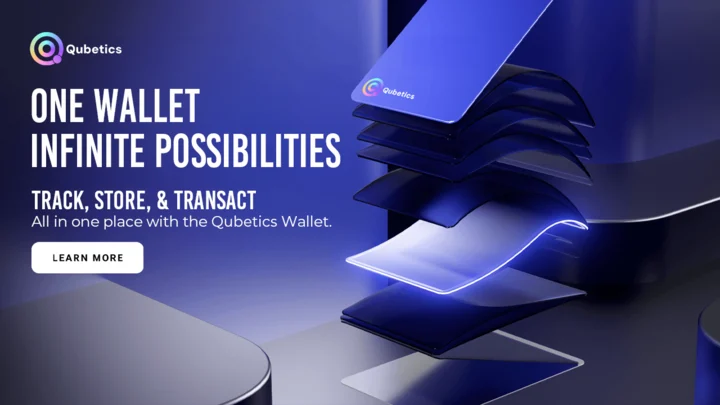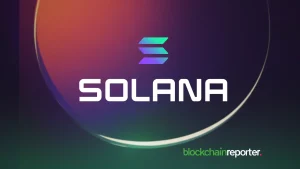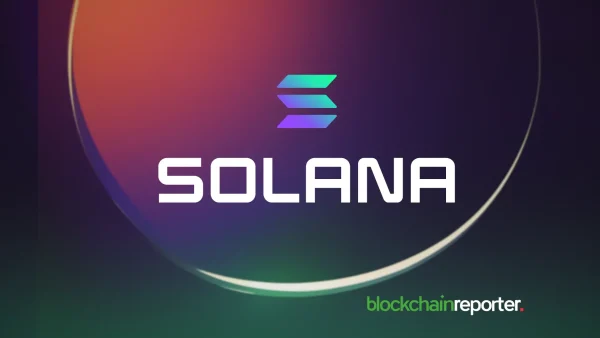- 1. Key Catalysts Behind Litecoin’s Long-Term Growth
- 2. Market Challenges That Could Slow Momentum
- 3. Historical Performance and Real-World Adoption
- 4. Cross-Border Capabilities: Qubetics Disrupts Fragmented Transfers
- 5. Final Thoughts
- 6. For More Information:
Litecoin has long been regarded as the digital silver to Bitcoin’s gold. Known for its speed, low transaction costs, and security, Litecoin continues to stand the test of time in a rapidly evolving crypto market. Created in 2011 by Charlie Lee, Litecoin introduced several technical improvements over Bitcoin, including faster block times and a different hashing algorithm.
By 2030, analysts at Changelly predict Litecoin could reach an average price of $773.74, with a potential high of $912.48. This outlook is built on Litecoin’s continued utility in peer-to-peer transactions, merchant payments, and institutional adoption. With recent upgrades like MimbleWimble Extension Blocks (MWEB) enabling private transactions, Litecoin is evolving to meet the growing demand for privacy-focused, scalable digital currencies.
Key Catalysts Behind Litecoin’s Long-Term Growth
Several factors could push Litecoin toward the $773 milestone. Its block generation time of 2.5 minutes allows for faster transaction confirmations. This speed has made it a preferred choice for both retail and cross-border payments. The adoption of SegWit and the Lightning Network further improves its scalability and fee efficiency.
Litecoin’s steady integration into payment gateways and ATM networks strengthens its case as a usable digital currency. Unlike many newer altcoins that rely on hype cycles, Litecoin has a proven record of development and adoption. This resilience is viewed favorably by long-term participants who see Litecoin as a store of value and medium of exchange.

Market Challenges That Could Slow Momentum
Despite its strengths, Litecoin must navigate a competitive and regulatory landscape. The emergence of privacy coins and Layer-2 solutions could challenge Litecoin’s niche in low-cost payments. Regulatory scrutiny on privacy enhancements, particularly those introduced through MWEB, could also limit its adoption in some jurisdictions.
Tokenomics present another consideration. Litecoin’s capped supply of 84 million tokens introduces scarcity, but inflation through mining rewards continues until the last halving. The next halving, expected in 2027, could affect miner incentives and market supply, influencing price dynamics leading into 2030.
Historical Performance and Real-World Adoption
Litecoin’s historical price trajectory shows strong cyclical behavior. Peaks have occurred during broader market rallies, with pullbacks correlating with Bitcoin corrections. This pattern underscores Litecoin’s high correlation with macro crypto trends.
In terms of real-world usage, Litecoin has achieved impressive milestones. It’s accepted by thousands of merchants globally and integrated into various fintech apps for savings, transfers, and payments. This utility is expected to grow as more consumers seek alternatives to traditional banking and payment systems.
Cross-Border Capabilities: Qubetics Disrupts Fragmented Transfers
As Litecoin advances in digital payments, Qubetics is tackling the interoperability layer critical for seamless cross-border transactions. Qubetics enables decentralized applications to function across multiple blockchains without friction. This innovation eliminates the siloed nature of legacy blockchains, allowing assets and data to move efficiently between ecosystems.
In cross-border finance, this means payments can be routed through the most efficient and secure channels in real time. Qubetics uses validator-based consensus to ensure data integrity across chains, avoiding bottlenecks and single points of failure. Its protocol allows developers to build applications that can interact with multiple networks while maintaining transparency, finality, and auditability.
Qubetics’ ability to streamline global financial interactions places it in a unique position within the blockchain infrastructure landscape. The demand for such solutions is rising as businesses and fintechs seek to expand into underserved markets using decentralized rails.
Qubetics Presale Momentum Reflects Surging Demand
Currently in its 35th crypto presale stage, Qubetics has raised over $17.3 million. The project has sold more than 513 million $TICS tokens to a growing base of 26,900+ participants. The current price of $TICS is $0.2785 per token, offering entry at what many believe is a deeply undervalued level.
Analysts provide aggressive but data-backed ROI projections. If $TICS reaches $1 post-presale, the return would be 258%. At $5, the ROI soars to 1,694%. A $6 valuation equates to 2,053%, while a $10 price implies a 3,489% gain. A $15 milestone after the mainnet launch would deliver a staggering 5,284% ROI. These projections, while speculative, underscore strong market interest in Qubetics as a multi-chain enabler.
Final Thoughts
Litecoin’s price prediction of $773 by 2030 reflects the crypto market’s belief in its long-term value as a transactional and privacy-enabled asset. The forecast depends on sustained adoption, successful technology upgrades, and macroeconomic factors favoring decentralized finance.
Qubetics, on the other hand, represents the infrastructure of the future. With interoperability at its core and a successful presale in motion, the protocol is rapidly building momentum. As $TICS climbs the valuation ladder, its ability to integrate blockchain ecosystems may define how cross-border crypto evolves.
Both Litecoin and Qubetics serve as cornerstones of a decentralized, borderless digital economy. Their trajectories may differ, but their end goal is the same: making blockchain technology useful, scalable, and interconnected.

For More Information:
Qubetics: https://qubetics.com
Presale: https://buy.qubetics.com/
Telegram: https://t.me/qubetics
Twitter: https://x.com/qubetics
This article is not intended as financial advice. Educational purposes only.










